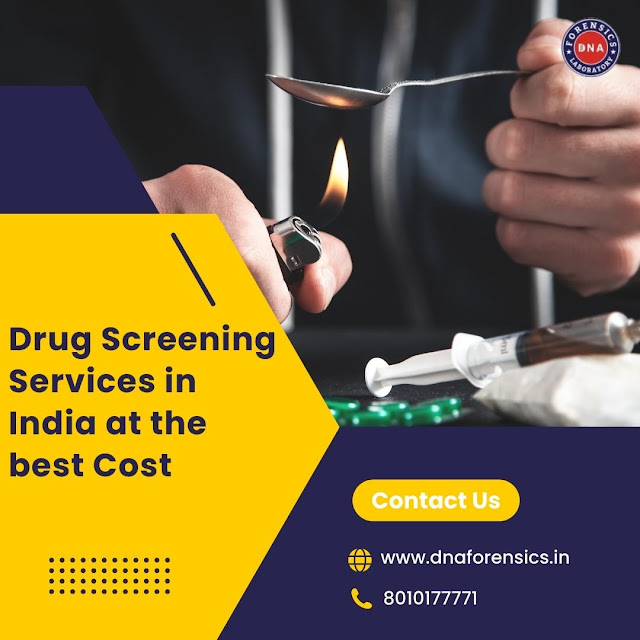Signature Verification Forensics Test - How Do They Work?
In everyday life, handwritten signatures are widely used. Research on handwritten signature verification is also expanding as machine learning and artificial intelligence advance. There are two main types of signature data collection: offline signature images and online signature data. In an offline signature image, the handwritten signature is transmitted to the computer via the scanning device to become a signature image. This signature image is then verified according to the image characteristics. The online signature process has been developed to verify signature tracks, such as coordinates and pressures during writing. Therein, the signature verification forensics test is a critical method for forgery detection.
What is Biometrics?
Biometrics is a significant field that allows personal identity authentication by analyzing characteristics. There are two types of biometrics:
- Physiological Biometrics - involves data derived from the direct measurement of some part of the human body. Examples of physiological biometrics include fingerprint-face-, palm print-, and retina-based verification.
- Behavioral Biometrics - involves data derived from an action taken by a person. Examples of behavioral biometrics are speech-keystroke dynamics- and signature-based verification.
Types of Documents Processed for Signature Verification Tests
Signature Verification is a biometric process to accurately measure the direction of stroke, pressures, spacing, curves, form, and size. It is both a combination of art and science.Signature verification forensics test help in the following cases:
- Extortion notes
- Counterfeiting
- Will documents
- Business contracts
- Forged business contracts
- Suicide notes under question
- Loan & mortgage documents
- Property/Inheritance documents
- Authenticity of Legal Documents, etc
Document Forgery: Types & Signs of Forgery
How to spot document forgery? There are many different types and ways to spot forgery in documents and signatures.Types of Forgery:
- Simple Forgery - This type of forgery involves minimal effort and is simple to perform. A writer will write something or sign a document without following a known handwriting and signature sample.
- Free Hand Stimulation - A little more advanced than simple forgery. This type of forgery is produced by keeping the model signature in front and copying it. The stimulation characteristics are hesitation, slow speed, unusual pen lift, more ink deposition, and execution of letters.
- Tracing - It is generally produced by transmitting light, stepping on carbon, and applying pressure. The tracing characteristics include blunt strokes, ink deposits, pen lifts, and pauses.
- Copy & Paste - refers to the signature, forged either physically or through any electronic means using certain editing software.
Signs of Forgery
As a result of the signature verification forensics test, forged documents are identified by the following key indicators:
As a result of the signature verification forensics test, forged documents are identified by the following key indicators:
- Blunt Starts & Stops – Normally, a signature would have ended with the pen's momentum. In contrast, a forged copy might have abruptly ended or left an inkblot that indicates a blunt halt.
- Pen lifts & Hesitations –Forgers who do not know their craft may not have the necessary smooth motion and immediate precision. Pen lifts and hesitations appear as gaps in the words or overlapping ink.
- Tremors – From the pen's unsteady movement, visible bumps and shakes can be seen in the ink trail. However, they may not be evident to the naked eye.
- Speed & Pressure – A forged copy with a thick, uniform line of ink suggests the hand used a prolonged and precise technique to create the shapes.
- Patching – The final trait examiners will look out for in handwriting examination forensics test is patching. This means checking any attempts to correct the signature to make it look right




Comments
Post a Comment